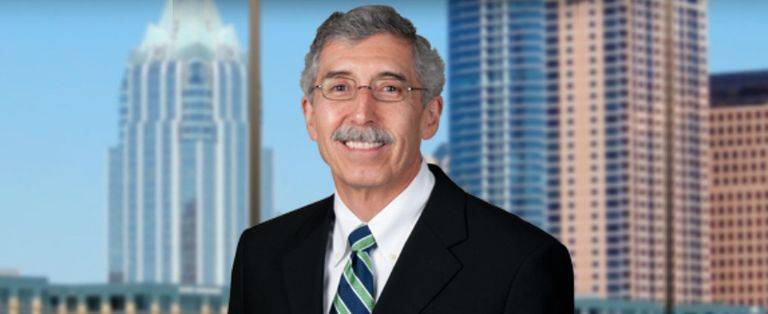Sixth Circuit Holds That Clean Air Act Does Not Preempt State Common-Law Claims
Legal Alerts
11.06.15
In two cases decided the same day, the Sixth Circuit Court of Appeals held that the federal Clean Air Act (CAA) does not preempt tort claims under state law for permitted emissions. These rulings establish a clear trend against a finding of preemption and they substantially widen the potential liability of businesses who have assumed that their CAA permits would insulate them against tort liability—including class actions—for their emissions.
In the principal case, Merrick v Diageo Americas Supply, 2015 U.S. App. LEXIS 19096 (Nov. 2, 2015), the Sixth Circuit held that a whiskey distiller whose operations caused ethanol vapors to migrate to neighboring properties and cause the growth of “whiskey fungus” was not protected against state common-law tort claims by the fact that its CAA permit governed such emissions. In the other case, Little v Louisville Gas & Electric Co, 2015 U.S. App. LEXIS 19095 (Nov. 2, 2015), the Sixth Circuit held that a coal burning power plant operator whose plant allegedly emitted airborne dust and coal ash that migrated onto neighboring properties could not avoid common-law tort claims on grounds that the emissions were governed by the plant’s air permit and therefore preempted by the CAA. The Sixth Circuit reached the same result as the Third Circuit did in Bell v Cheswick Generating Station, 734 F.3d 188 (3d Cir 2013).
The Sixth Circuit in Merrick and Little emphasized the effect of the “savings clauses” in the citizen suit and states’ rights provisions of the CAA, holding that because state common law standards are “requirements” adopted by “States,” the states’ right savings clause bars preemption. The Court noted that this conclusion was consistent with other parts of the CAA and its legislative history as well as Supreme Court precedent under the federal Clean Water Act. The Sixth Circuit distinguished North Carolina, ex rel Cooper v TVA, 615 F3d 291 (4th Cir 2010), in which the Fourth Circuit found that claims against Alabama and Tennessee brought under North Carolina law were preempted by the CAA; in that case, the Sixth Circuit found, the claims were based on the common law of the non-source state, thereby implicating federalism concerns and contravening Supreme Court precedent that the courts must apply the common law of the State in which the point source is located. Finally, the Sixth Circuit found inapposite cases involving the displacement of federal common law, including the Supreme Court’s ruling American Electric Power Co v Connecticut, 131 S Ct 2527 (2011).
The rulings in Merrick and Little firmly establish a trend in the Circuits and significantly widen the state common-law liability exposure of CAA-permitted owners and operators. Given the airborne nature of the emissions, this exposure will extend to class actions. Unless and until there is a legislative fix or Supreme Court reversal, such exposure will force facility owners and operators to develop proactive strategies, such as further reducing permitted airborne emissions, and alternative litigation strategies. Dykema’s experienced environmental litigation team can ensure that such strategies are effectively conceived and persuasively implemented.
If you have questions about the issues covered in this alert, you may contact John A. Ferroli (jferroli@dykema.com; 616-776-7542 or 213-457-1742), or your Dykema relationship attorney.





